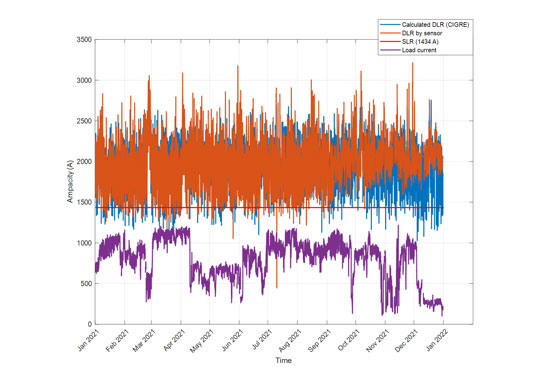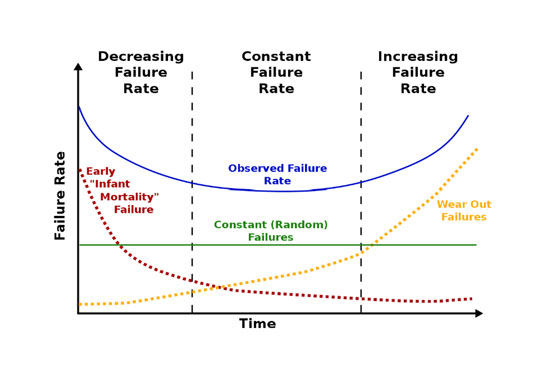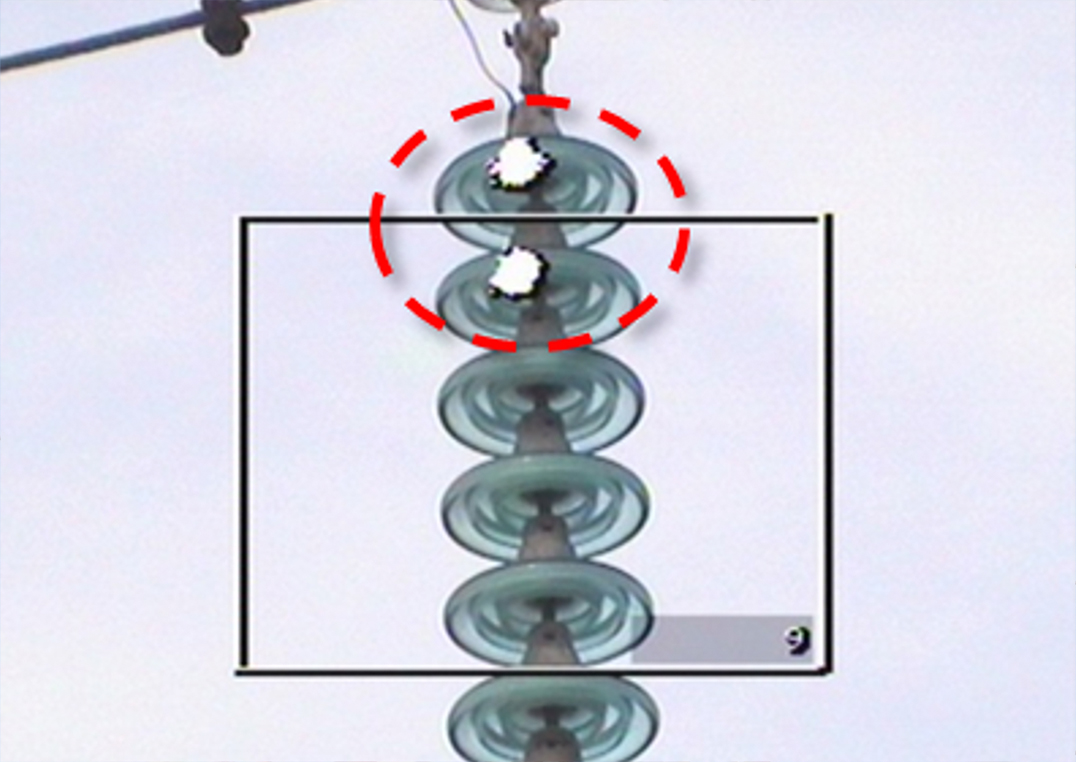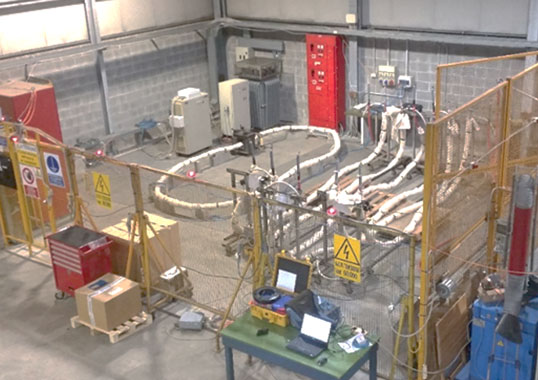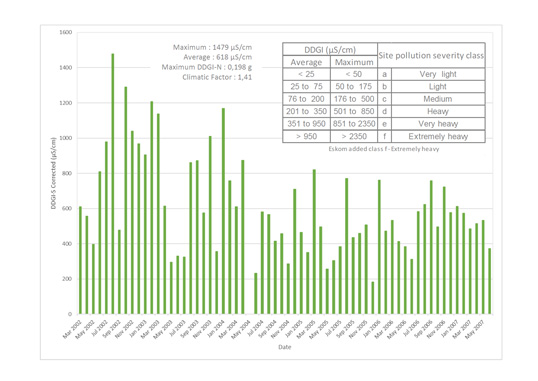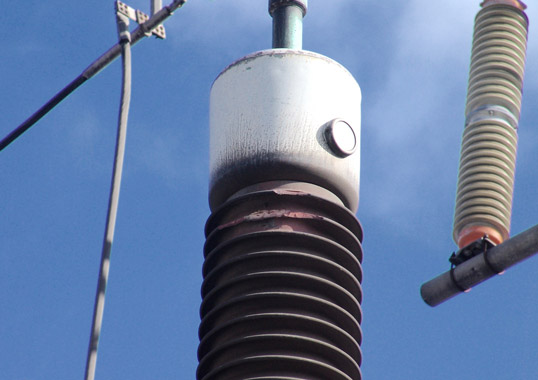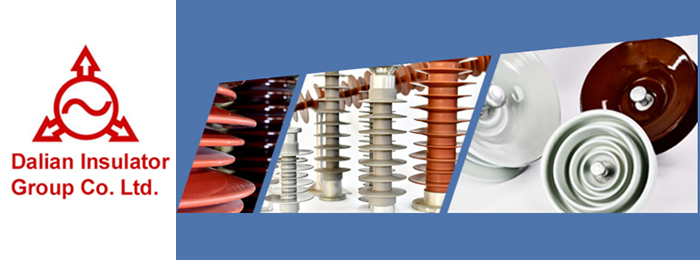These days, power utilities are growing increasingly concerned regarding the need to enhance their transmission capacity but without resorting to new construction or structural alterations. This concern is only magnified by the ageing infrastructure of power grids. Many power lines have surpassed their intended lifespans, leading to elevated risk of power outages due to equipment failures. Moreover, current infrastructure may need to be revised to support the requirements of major technological advancements as well as increasing demand.
While integrating transformative technologies such as renewable energy resources as well as energy storage promises to bolster power system resilience, it also presents challenges. These include dealing with the intermittency of renewable technologies and the vulnerability to extreme weather events, necessitating a comprehensive assessment of investment in grid modernization and resilience. With the additional pressure of population growth and rising energy load, managing the existing grid has become increasingly complex. This results in constrained transmission lines, subsequently affecting the energy market.
Environmental factors such as climate change, natural disasters and pandemics only serve to accentuate the urgency to optimize power grids. Most existing transmission lines were not originally designed to withstand such challenges. Additionally, unpredictable weather phenomena such as severe heat waves can cause significant damage to power system infrastructure and disrupt stability.
Two viable approaches can be considered in grid optimization: elevating the voltage or optimizing the ampacity. Elevating voltage provides the most significant rating boost, decreasing transmitting current at the same power and expanding the margin of ampacity limits. However, this approach carries high investment costs and introduces corona effects as well as elevated electric fields. It is therefore only considered when rating increase justifies the high investment cost, as in countries like the United States and Germany. The alternative option involves augmenting ampacity, which can be achieved through various methods, as detailed in Table 1. However, these approaches require physical alterations to transmission lines.

Dynamic Line Rating (DLR) has emerged as an applicable solution to optimize power line ampacities and facilitate integration of renewable energy sources amid the ongoing energy transition. DLR provides a cost-effective and efficient method for enhancing the performance of existing overhead power lines.
Plan to participate in the upcoming 2023 INMR WORLD CONGRESS for a valuable lecture on this topic by Professor Mohd Zainal Abidin Ab Kadir. His presentation will offer a comprehensive analysis of DLR, examining its effectiveness from both theoretical and practical perspectives. Professor Zainal will also review key issues and challenges linked to voltage uprating, based on experience with a 132 kV Line In Malaysia.

[inline_ad_block]

